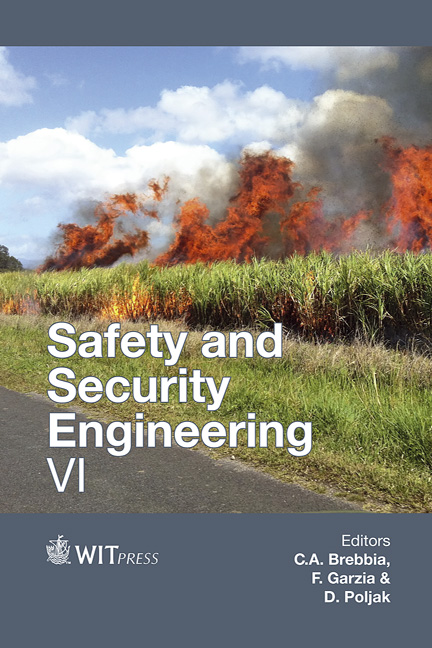Safety And Reliability In Biogas Plants
Price
Free (open access)
Transaction
Volume
151
Pages
12
Page Range
227 - 238
Published
2015
Size
620 kb
Paper DOI
10.2495/SAFE150201
Copyright
WIT Press
Author(s)
V. Torretta, S. Copelli, S. Contini, E. C. Rada
Abstract
In the last ten years, everyone has been talking about biogas plants: politicians, ecologists, technicians, economists, laymen and experts. In other words: biogas has become fashionable. The energy crisis of the next few years shall be the shortage of fuel for the daily needs of millions of people and biogas plants seem to be a promising solution to help in solving this problem. Biogas plants are complicated enough to require both a total involvement with their specific technology and an accurate risk assessment for design purposes. With particular reference to this last feature, the number of accidents involving biogas plants has been too many to ignore. Frequent accident causes are: leakage in the storage tank and/or in the biogas distribution network, formation of flammable mixtures during maintenance operations, accidental release of H2S, effluent discharge and developing of high pressure inside the digester. Biogas plants are often operated wrongly, deficient in technological details and incorrectly scaled-up. Moreover, all these mistakes are repeated over and over again. Therefore, there is the pressing need for a quick procedure to assess the reliability of these plants in order to operate them safely. In this work, a simple but accurate risk assessment has been carried out on a case study biogas plant using a fault tree analysis applied to the top event “fire in the digester” (one of the main causes of accident in this plant’s typology). Results have shown that the overall risk (considering one year of mission time) is less than 10−8. This value is acceptable considering that, near these plants, the number of inhabitants does not exceed 100 persons.
Keywords
biogas plants, risk assessment, unconfined explosions, fires, safety





